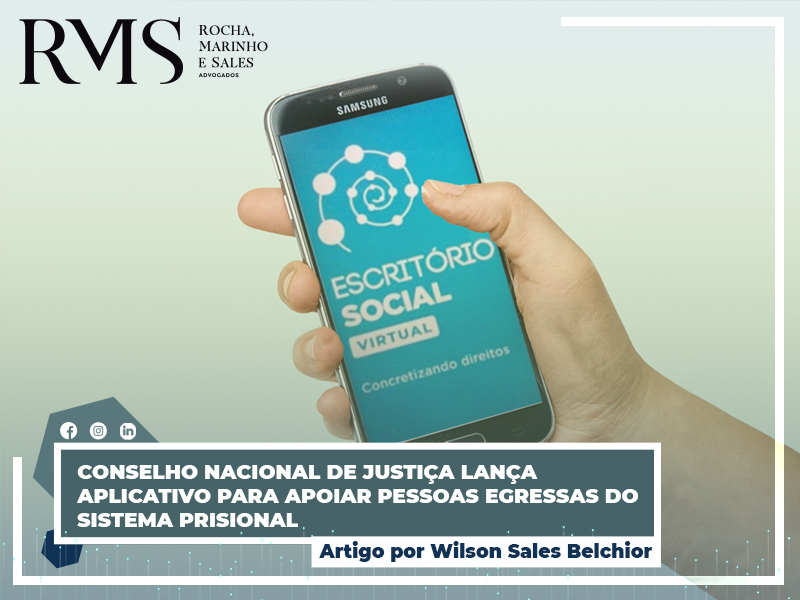Use of technology in the Judiciary is a growing reality
12/02/2021

This is not a recent phenomenon, as in the United States, even in the early twentieth century, studies were carried out to support decision making.
The use of new technologies in national justice systems is a growing reality in different jurisdictions, particularly with regard to the application of Artificial Intelligence (AI), machine learning functionalities, natural language processing, predictive analysis and data mining, going beyond the virtualization perspective of the Courts and their procedures, to incorporate the attribute of “intelligent” to these institutions, in the sense of total integration with technology.
This is not a recent phenomenon, since in the United States, even in the early twentieth century, studies were carried out to support the decision, in order to try to predict the recurrence of prisoners who postulated conditional release. In the late 2000s, the Australian government was already using these technologies to automate the making of administrative decisions.
Since then, there have been countless advances in this area, covering Online Dispute Resolution initiatives; digitization of processes; conducting hearings in electronic media with real-time transmission; automatic generation of admissibility decisions; analysis of processes to identify repeated positions and predict future decisions; identify recurring patterns in legal documents; use of chatbot and other applications.
In Brazil, the use of software that correlates concrete cases that have not yet been judged has already been reported with the application of consolidated jurisprudence for general repercussion; analysis of the timeliness of appeals that reach higher courts; automation of initial screening and selection of processes suitable for trial involving tax foreclosures of municipal taxes, including the existence of assets or cash that can be blocked; reading of extraordinary resources examining the link to themes of general repercussion.
What unites all these innovations is the objective of institutional improvement of the Judiciary, which can be expressed through purposes, such as, for example, expanding access to justice; encouraging the most appropriate conflict resolution and self-composition; decrease in procedural stock, processing period and expansion of speed; reduction of costs and time associated with repetitive tasks; improvement in people management.
However, at the same time that technologies become more available, the debate on the ethical, regulatory and governance elements that need to guide their use in the Judiciary is widened, in order to ensure respect for fundamental rights, rule of law and procedural guarantees; discrimination is prevented, while promoting inclusion; there are clear rules for stakeholder accountability and accountability; requirements of transparency, human autonomy, cyber security, privacy and protection of personal data are fulfilled.
This concern is evidenced, at the national level, in the National Council of Justice when, through Ordinance No. 197, on 11/22/2019, it established a working group for the elaboration of studies and proposals focused on ethics in the production and use of AI in Power Judiciary, as well as in the public consultation launched by the Ministry of Science and Technology on the Brazilian AI Strategy, aimed at the construction of legal, regulatory and ethical parameters to guide the development and application of technology, balancing the protection of rights, the structures that they encourage the emergence of these new solutions and legal certainty regarding the responsibilities of the parties that play some role in the value chain of autonomous systems.
By: Wilson Sales Belchior
Source: ClickJus
https://www.clickpb.com.br/blogs/click-jus/clickjus-uso-de-tecnologia-no-juditárioio-e-uma-realidade-crescente-277228.html




